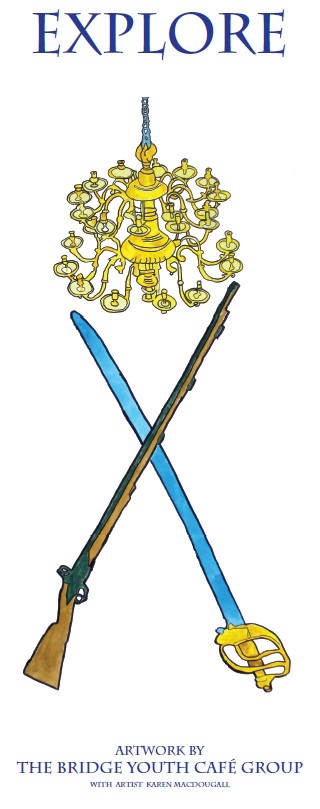1745 Jacobite Rebellion
The Jacobite Rebellions of 1715 and 1745 were attempts to restore the Stuart line of kings to the throne after George I of Hanover was crowned King of England and Scotland in 1714. The Jacobite Rebellion of 1745 was led by Charles Edward Stuart, grandson of James II, otherwise known as Bonnie Prince Charlie or the Young Pretender.
Charles Stuart had spent his early years in Rome. He was 24 years old when he came ashore on the Hebridean island of Eriskay on 23 July 1745. He raised his standard at Glenfinnan, gathered a Highland army and commenced his march to London, hoping a popular uprising would oust the Hanoverian usurper, George II, and restore his father as the rightful heir to the throne. Charles’ soldiers were known as Jacobites (from the Latin Jacobus or James) in reference to his father, James Francis Edward Stuart (the Old Pretender).
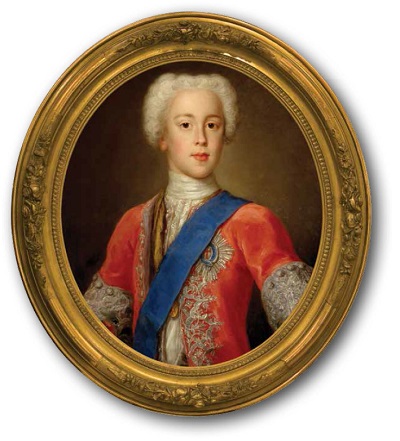
Charles Edward Stuart, otherwise known as Bonnie Prince Charlie or the Young Pretender
Scottish National Portrait Gallery
Prince Charles led 5000 men into Carlisle on 15 November and took the city before heading south to Penrith. He stayed overnight at the George and Dragon Inn (now the George Hotel) in hope of gaining favour and support for the Jacobite cause, but few rallied to his call.
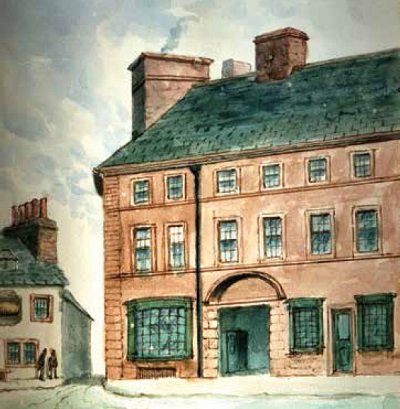
George and Dragon Inn by John Thompson, c. 1865
Cumbria County Council (Penrith Library)

Route of Jacobite invasion and retreat
The impending Jacobite invasion had created panic in London. George II’s son, William, Duke of Cumberland, hurried north to suppress the uprising. At Clifton (3 miles south of Penrith) the Duke’s army caught up with the rearguard of the retreating Highlanders. Both sides were unprepared for a full-scale battle, and the skirmish, fierce while it lasted, was soon over. The Battle of Clifton Moor on 18 December 1745 was the last time that English and Scottish armies clashed on English soil.
The dead were buried in the village of Clifton: English soldiers in the village churchyard; the Highlanders at the southern end of the village marked by a large oak, known locally as the ‘Rebel Tree’.
After the Duke of Cumberland relieved Penrith on 19 December, local inhabitants scoured the area for fleeing Jacobite rebels, capturing at least 80. For this act, the Duke of Portland rewarded the people of Penrith with a gift of 50 guineas, which was used to purchase the two gilt chandeliers that hang in St Andrew’s Church today.
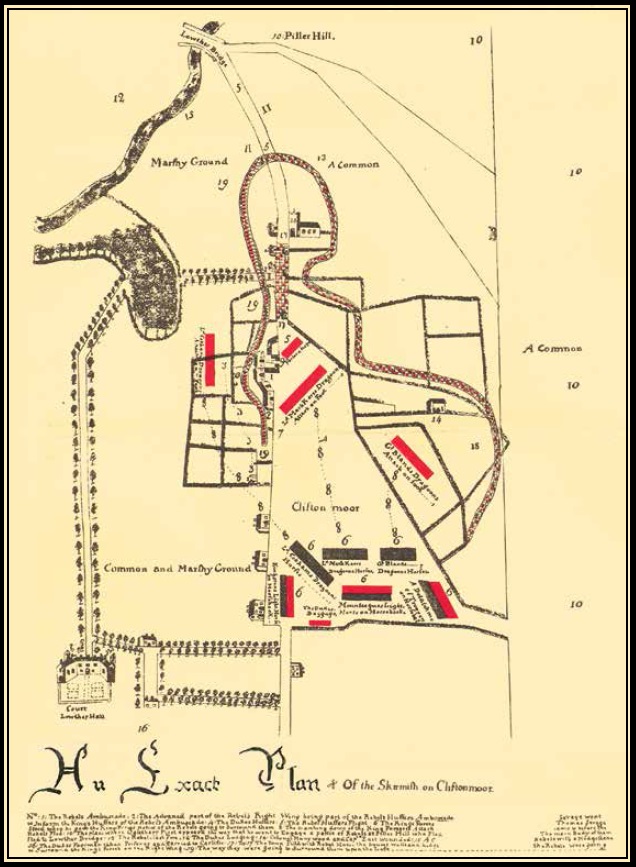
Plan depicting the skirmish at Clifton Moor in December 1745
Cumbria County Council (Carlisle Library)
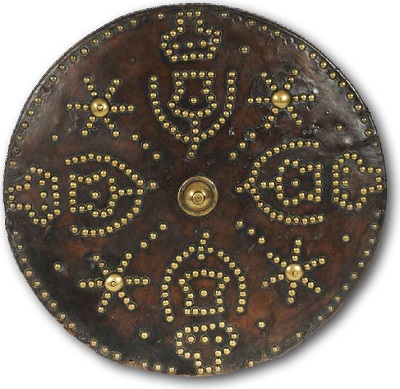
Targe (or shield) used by Scottish Highlanders during the Jacobite Rebellion
Tullie House Museum & Art Gallery Trust, Carlisle
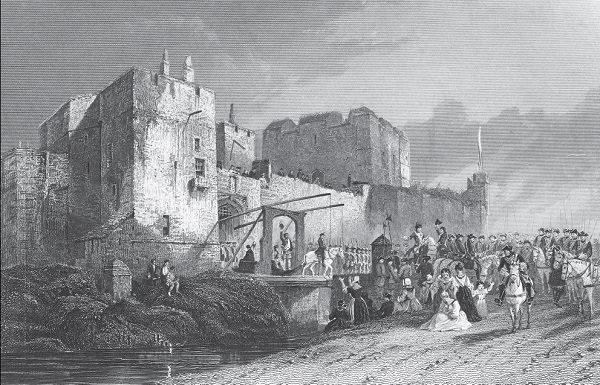
Jacobite prisoners being taken for execution at Harraby Hill (Carlisle) and in Penrith
Cumbria County Council (Carlisle Library)

Highland claymore sword left behind by retreating Jacobite forces in 1745
Keswick Museum

Brown Bess flintlock musket of 1742. Used by Duke of Cumberland’s infantrymen.
Penrith and Eden Museum

Medal commemorating the defeat of the Jacobite army in 1746
Tullie House Museum & Art Gallery Trust, Carlisle
The Jacobite dreams of restoring Stuart kings to the throne were finally extinguished at the Battle of Culloden, near Inverness, on 16 April 1746. After months on the run in Scotland, Charles fled from Skye and died in exile in Rome on 31 January 1788.
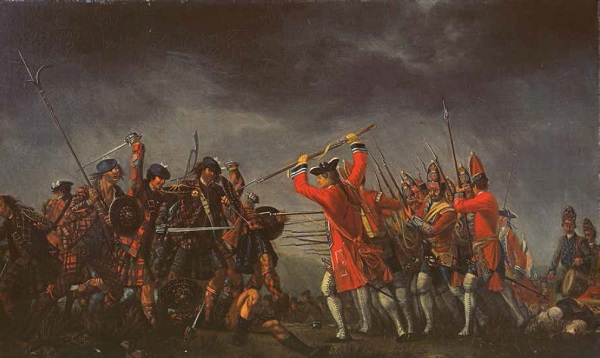
Battle of Culloden painted by David Morier c.1746
The Royal Collection


